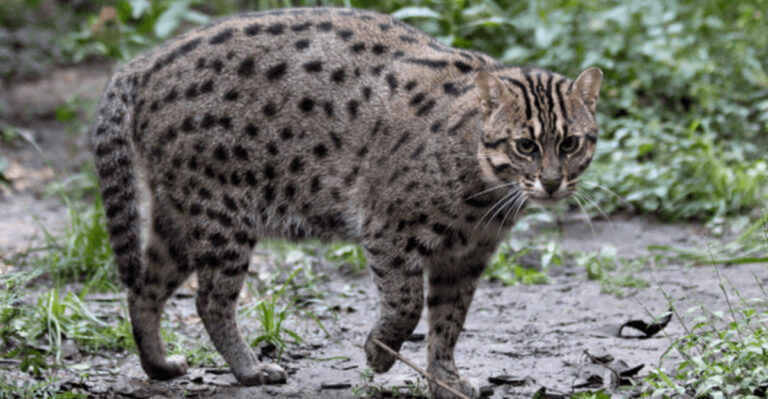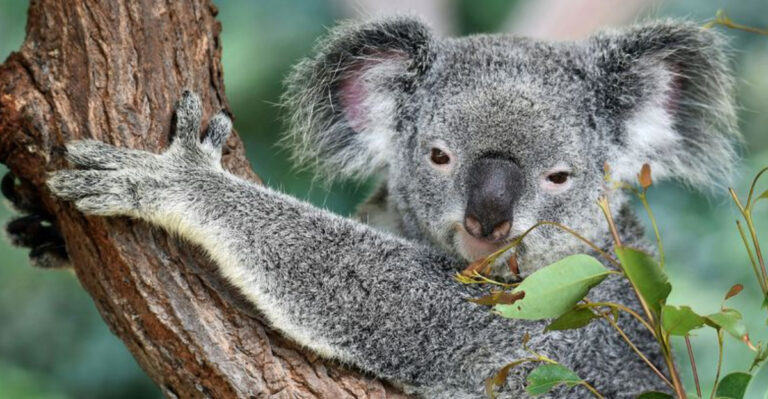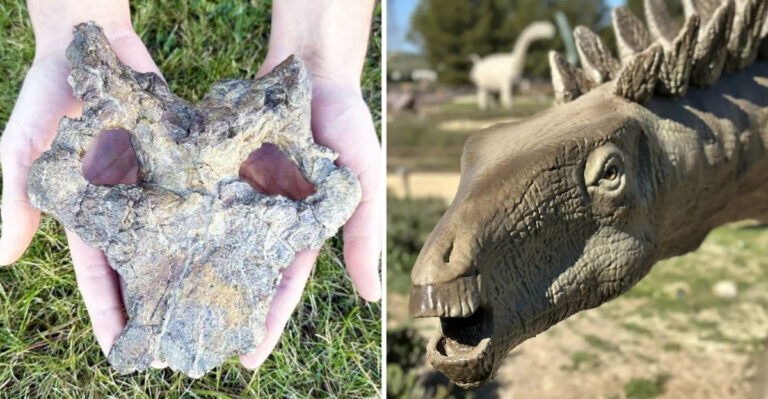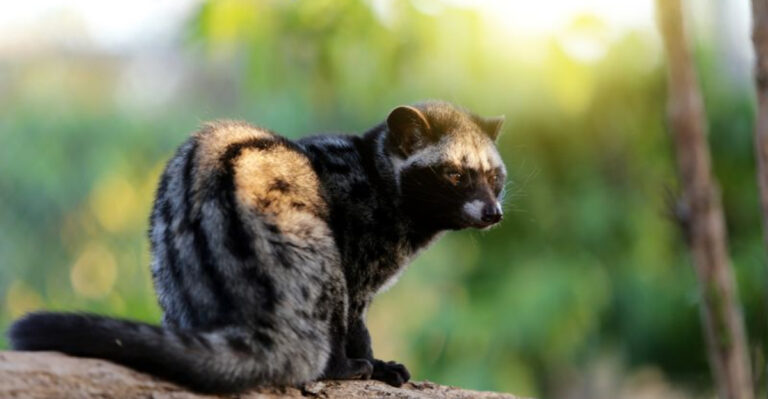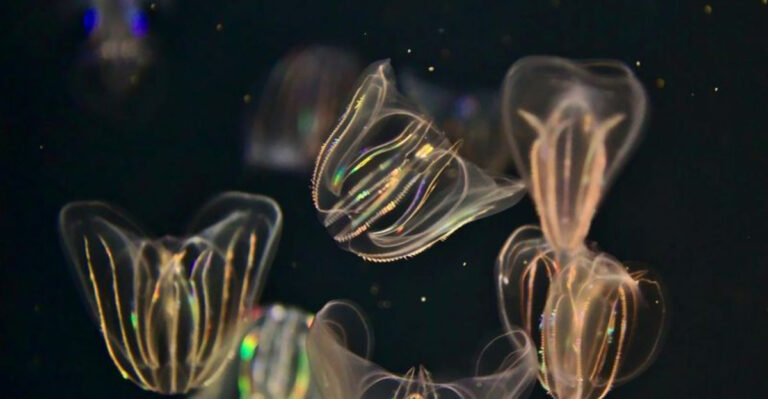Meet 15 Animals That Are Practically Immortal
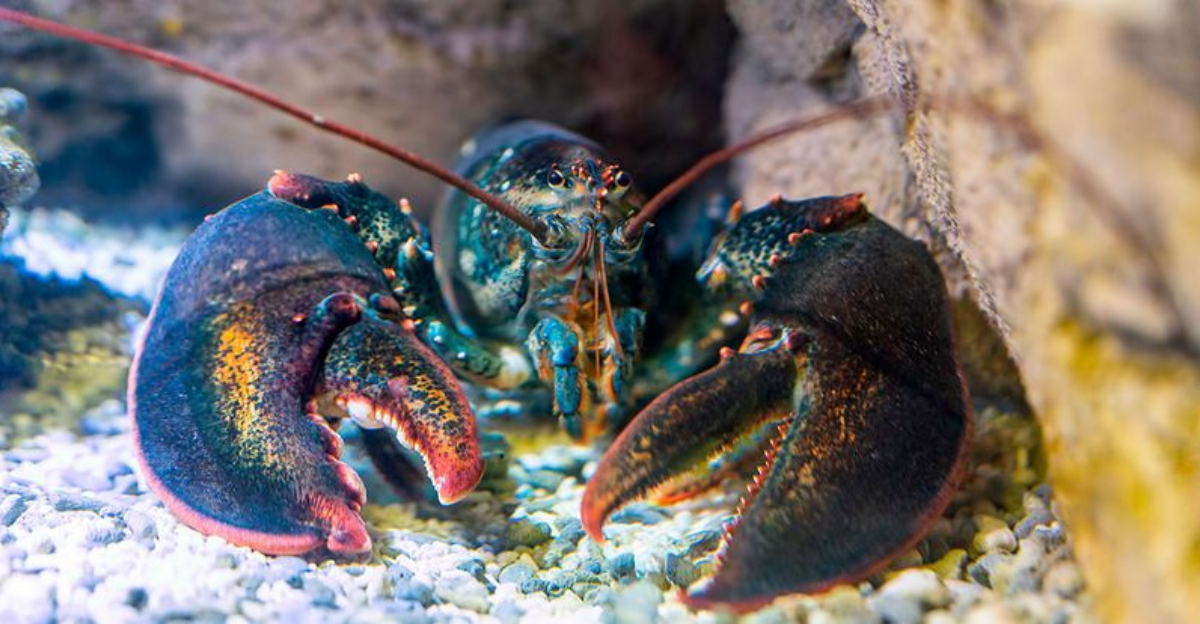
Some animals seem to have found nature’s fountain of youth. While humans dream of living forever, certain creatures already come remarkably close to immortality.
From tiny hydras to massive whales, these animal Methuselahs have developed extraordinary biological mechanisms that allow them to defy aging, regenerate damaged parts, or simply outlive generations of their predators.
1. Hydra: The Tiny Freshwater Immortal
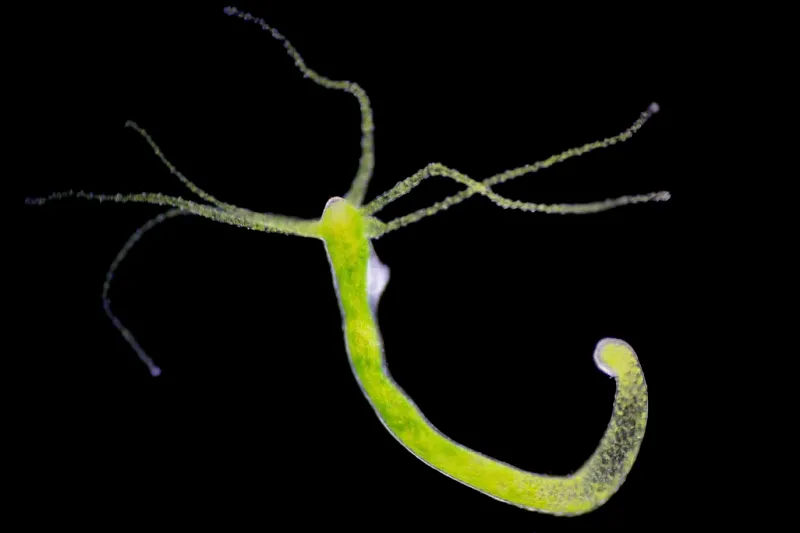
These small freshwater creatures have cracked the code of eternal youth. Hydras continuously replace every cell in their bodies, maintaining their telomeres at a constant length.
Scientists watching them for years found no increase in mortality as they aged. With stem cells that divide indefinitely and impressive DNA repair abilities, hydras can even regrow an entire body from a tiny fragment.
2. Immortal Jellyfish: The Age Reverser
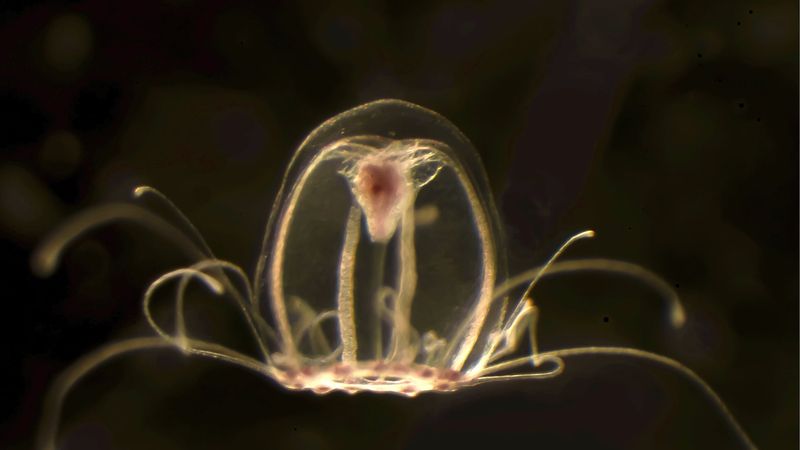
After reaching adulthood and reproducing, these remarkable jellyfish perform a biological magic trick. They transform all their specialized cells back into stem cells and essentially reboot into a juvenile form.
The process involves massive cellular reprogramming, with upregulated DNA repair genes. Their extreme plasticity makes them the only known animal that can repeatedly loop through its life cycle, potentially living forever if not eaten or diseased.
3. Planarian Flatworms: Masters Of Regeneration
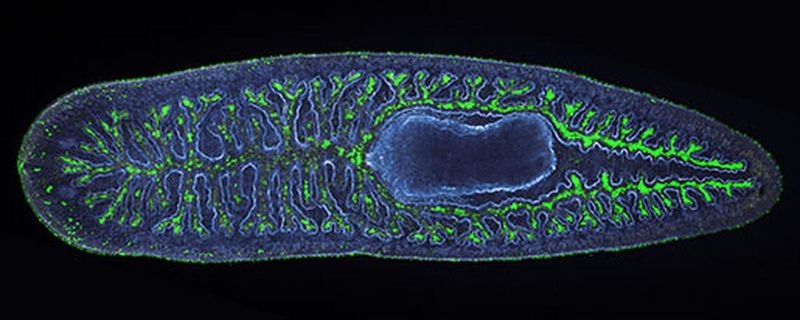
Cut a planarian into pieces and watch the miracle unfold – each fragment grows into a complete new worm. These flatworms harbor abundant stem cells called neoblasts that continually replace aging tissues.
Scientists have maintained clonal lines for over 15 years with no signs of aging. Their telomeres remain long as neoblasts constantly refresh their bodies. They effectively never grow old, dying only when injured or eaten.
4. Lobsters: Growing Stronger With Age
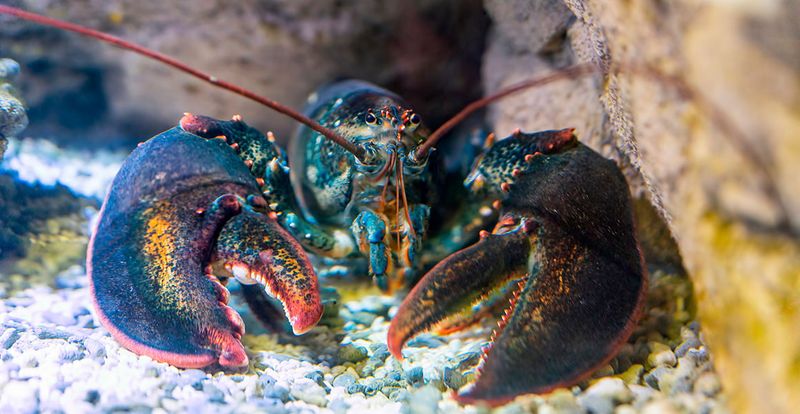
Unlike humans, lobsters don’t slow down as they age. They continue molting and growing throughout their lives, becoming more fertile with passing years.
The secret? Their cells express high levels of telomerase – the “immortality enzyme” – which keeps their cells dividing indefinitely. Though not truly eternal, lobsters can reach impressive ages of 120-140 years in the wild, only dying when they can’t successfully molt or from shell infections.
5. Rougheye Rockfish: The Deep-Sea Centenarian
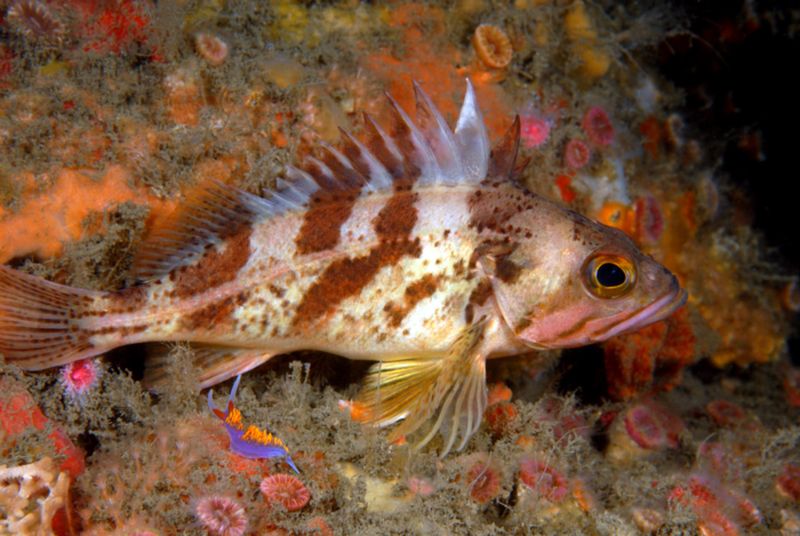
Lurking in Pacific depths, these remarkable fish can live over 200 years. With extremely slow metabolisms and late maturity (not reproducing until age 20), rockfish conserve energy and prevent cumulative damage.
They show no obvious slowing of growth or fertility as they age. Their strategy of producing live young annually is sustained by their extraordinary lifespan, allowing them to weather environmental fluctuations across centuries.
6. Ocean Quahog Clam: The 500-Year-Old Mollusk
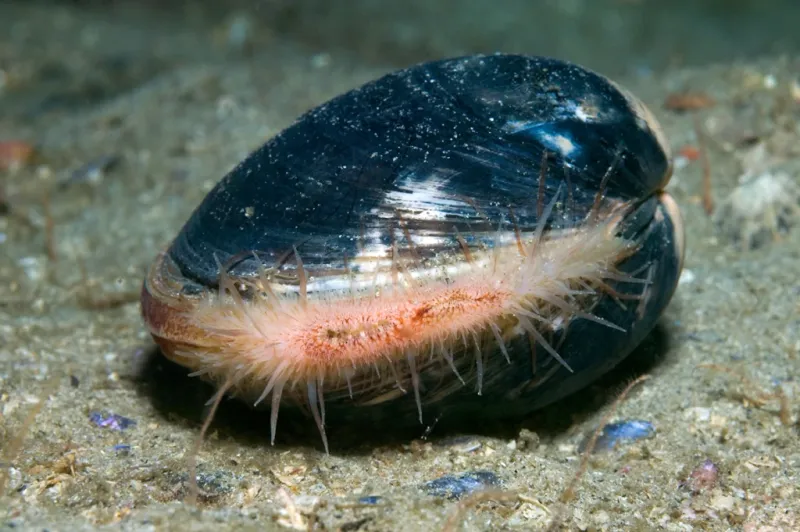
Meet Ming, the clam that lived for 507 years – the longest-living non-colonial animal ever recorded. Ocean quahogs grow incredibly slowly and remain fertile for many decades.
Their longevity secret lies in exceptionally slow metabolic rates and strong cellular maintenance. Studies show they accumulate minimal oxidative damage and maintain remarkably stable DNA over centuries. Each growth ring in their shells tells a story of environmental history, like tree rings.
7. Red Sea Urchin: The Spiny Survivor
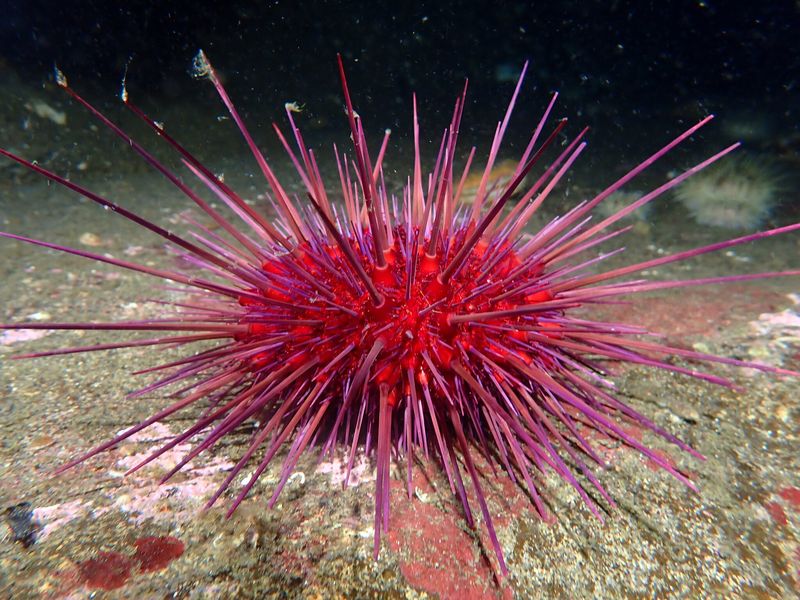
Beneath the waves, these spiky creatures can thrive for two centuries. Red urchins continuously add spines and tube feet as they age, with even the oldest individuals spawning robustly.
Genomic studies reveal enhanced expression of DNA repair and anti-aging genes. They carry extra copies of immune-regulating genes similar to other long-lived species. Living in cold, deep waters slows their metabolism, contributing to their remarkable longevity.
8. Greenland Shark: The Arctic Methuselah
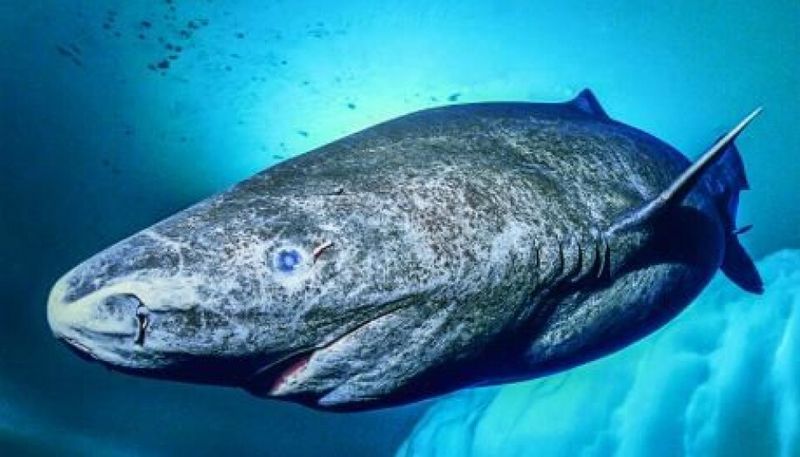
Swimming slowly through frigid Arctic waters, these sharks hold the title of longest-lived vertebrates. Growing just 1 cm per year, they don’t reach sexual maturity until around age 150!
Their genome reveals multiple copies of DNA repair and tumor-suppression genes. With unique versions of genes regulating immunity and inflammation, they prevent cancer and maintain tissue health for centuries. The oldest confirmed individual lived approximately 392 years.
9. Bowhead Whale: The Century-Spanning Cetacean
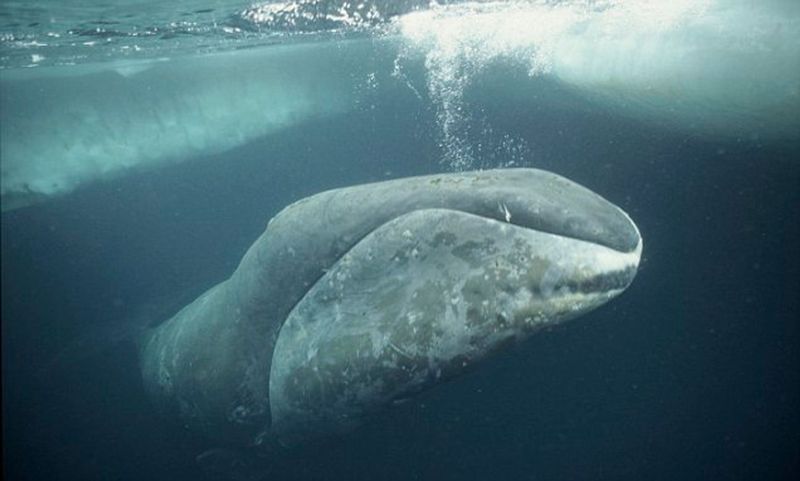
Arctic waters harbor these giants that regularly live beyond 200 years. Unlike humans, older bowheads remain reproductively active and heal quickly from injuries.
Their genetic secret? Unique mutations in DNA repair, cell-cycle, and cancer-related genes. They carry extra copies of genes regulating cell division and programmed cell death, helping remove damaged cells before they cause problems. These adaptations ward off age-related diseases far better than other mammals.
10. Blanding’s Turtle: The Ageless Freshwater Explorer
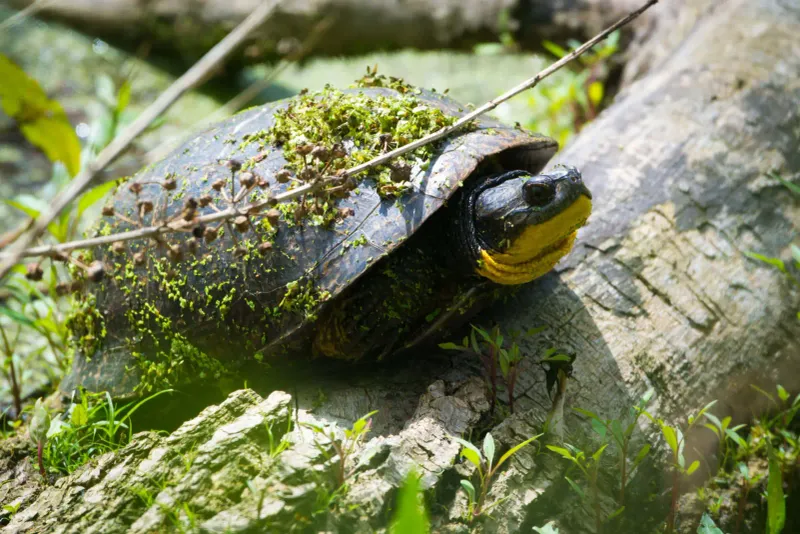
These distinctive yellow-throated turtles show virtually no signs of aging. Field studies have found no increase in mortality or decrease in fertility as they grow older.
Even very elderly females continue laying viable eggs. Their secret involves extremely slow growth after maturity and continuous tissue repair throughout life. Maturing sexually around age 20, they then reproduce annually for decades, with minimal intrinsic decline.
11. Eastern Box Turtle: The Century-Old Forest Dweller
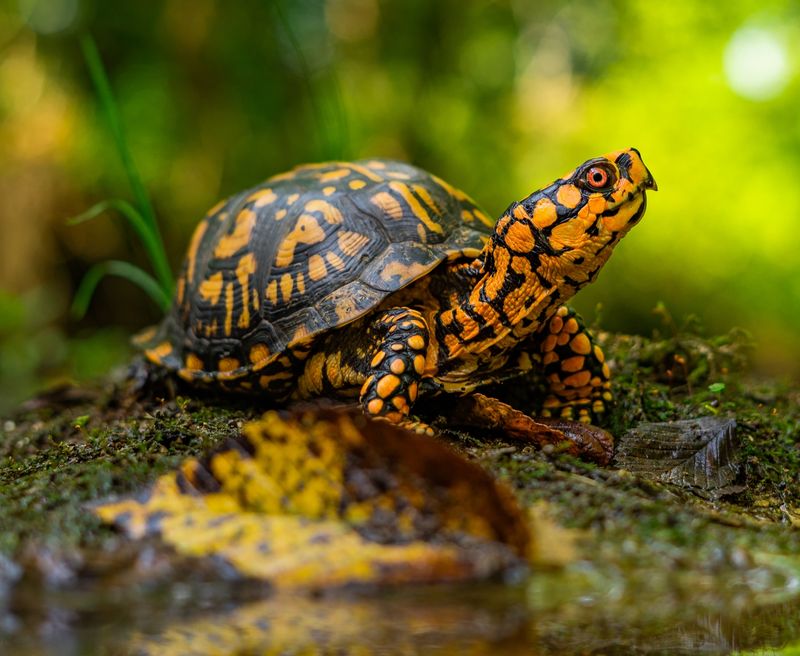
These colorful North American turtles regularly cross the century mark. With their distinctive high-domed shells, box turtles continue growing slowly and reproducing late into life.
They keep repairing tissues as they age, with some continuing slight growth after maturity. Scientific data estimates their maximum longevity around 138 years. Many survive well into their second century with no obvious age-related diseases.
12. Aldabra Giant Tortoise: The Island Elder
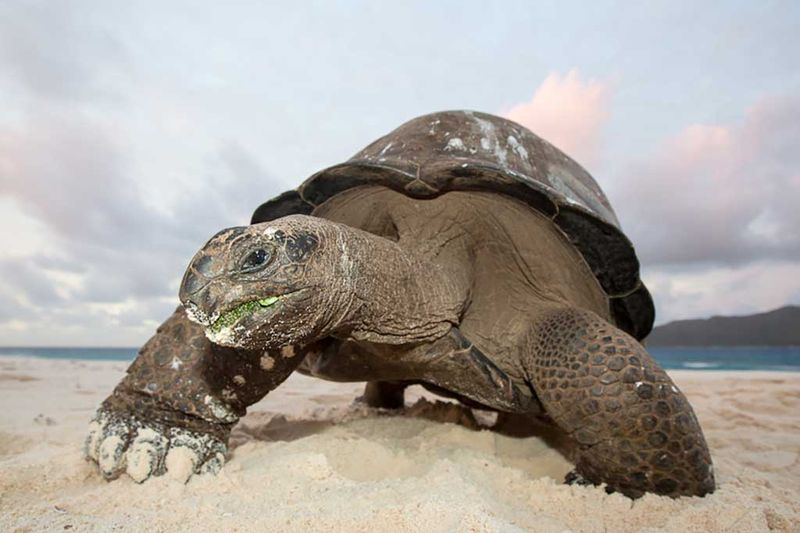
On remote Seychelles islands, these massive tortoises routinely live beyond 150 years. One specimen, Adwaita, reportedly reached approximately 250 years before death.
Giant tortoises exhibit very efficient cell maintenance, with high rates of apoptosis clearing out damaged cells. Their tissues regularly eliminate old or mutated cells. The most famous living individual, Jonathan, is at least 190 years old and still occasionally mates despite his advanced age.
13. Galápagos Giant Tortoise: Darwin’s Time Capsule
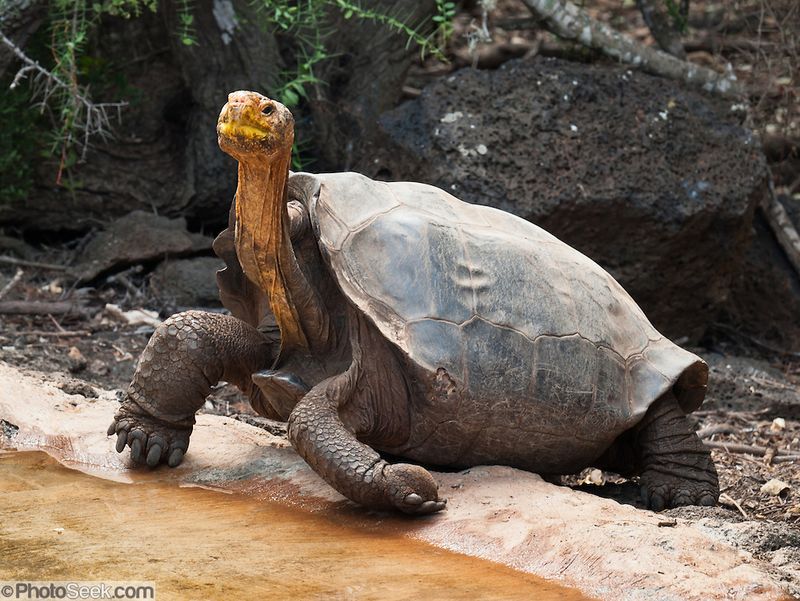
These iconic island dwellers can easily surpass 100 years, with some reaching 170+. Adults maintain muscle, bone and reproductive function remarkably well into advanced age.
Like their Aldabra cousins, they efficiently eliminate damaged cells through apoptosis. Their slow metabolisms and robust DNA repair systems protect against aging. Harriet, a famous Galápagos tortoise, lived to 176 years with no signs of being “elderly” when she died.
14. Olm: The Cave-Dwelling Time Bender
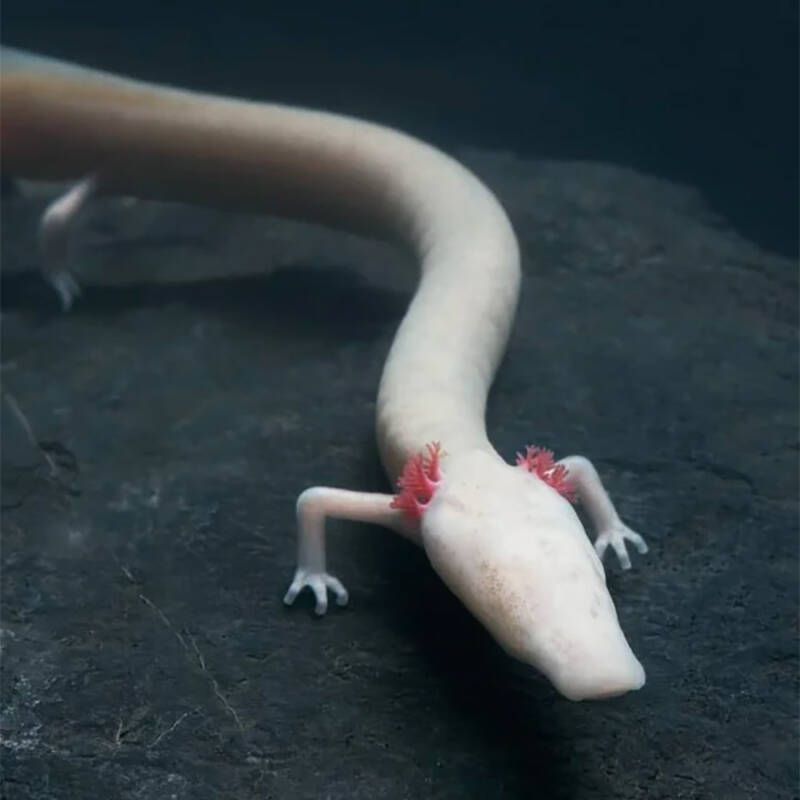
Dwelling in dark European caves, these pale, blind salamanders live extraordinarily long lives. Studies suggest olms typically survive 68 years, with some individuals exceeding 100.
Their extremely low metabolism suits dark cave environments, dramatically slowing their aging. They grow very slowly and continuously repair tissues, remaining reproductively active for decades. Even more impressive, olms can survive years without eating in their nutrient-poor cave systems.
15. Antarctic Glass Sponge: The Millennia-Old Filter Feeder
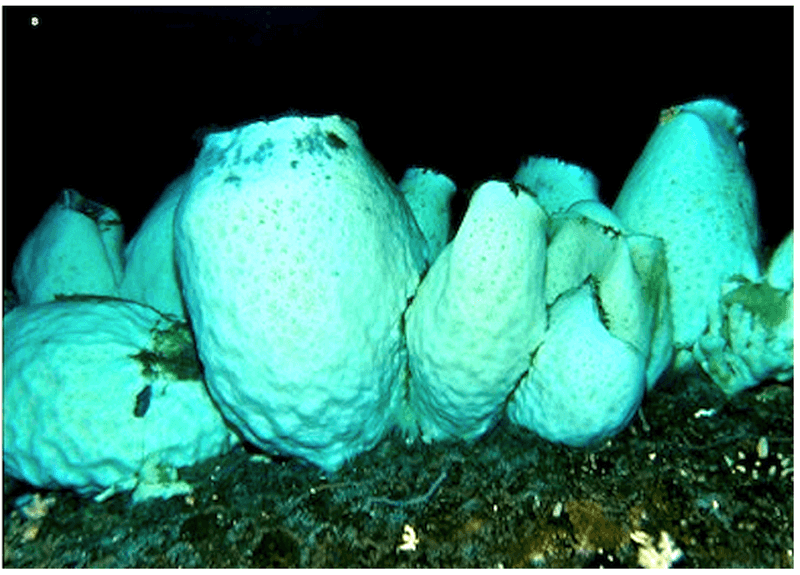
Growing just millimeters per century in frigid Antarctic waters, these ethereal creatures may be the oldest individual animals on Earth. Some specimens reach heights of 2 meters, suggesting ages up to 15,000 years.
Glass sponges thrive in stable, freezing environments with almost no predators. Their incredibly slow metabolism means cellular damage accumulates at a glacial pace. These remarkable beings likely never “age” conventionally, limited only by rare environmental catastrophes like massive ice shifts.

